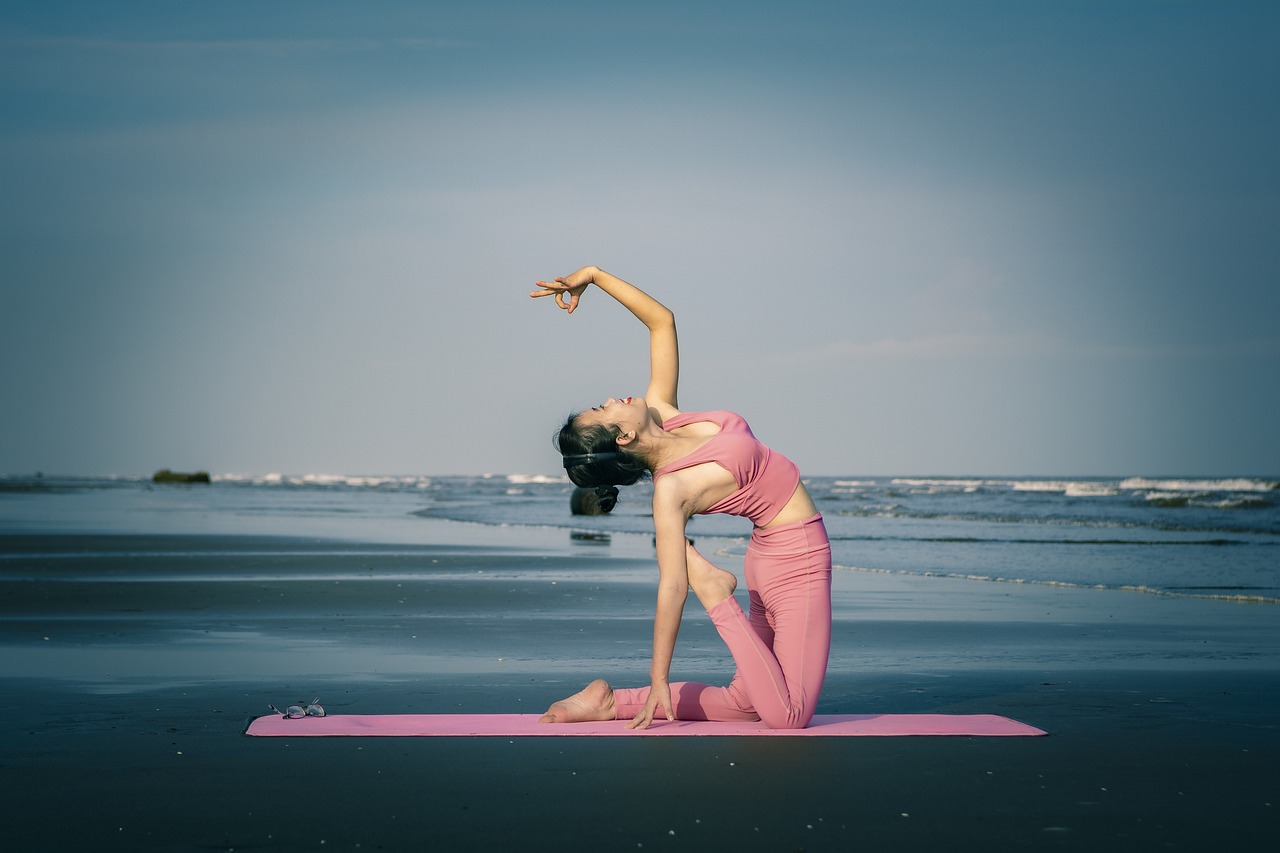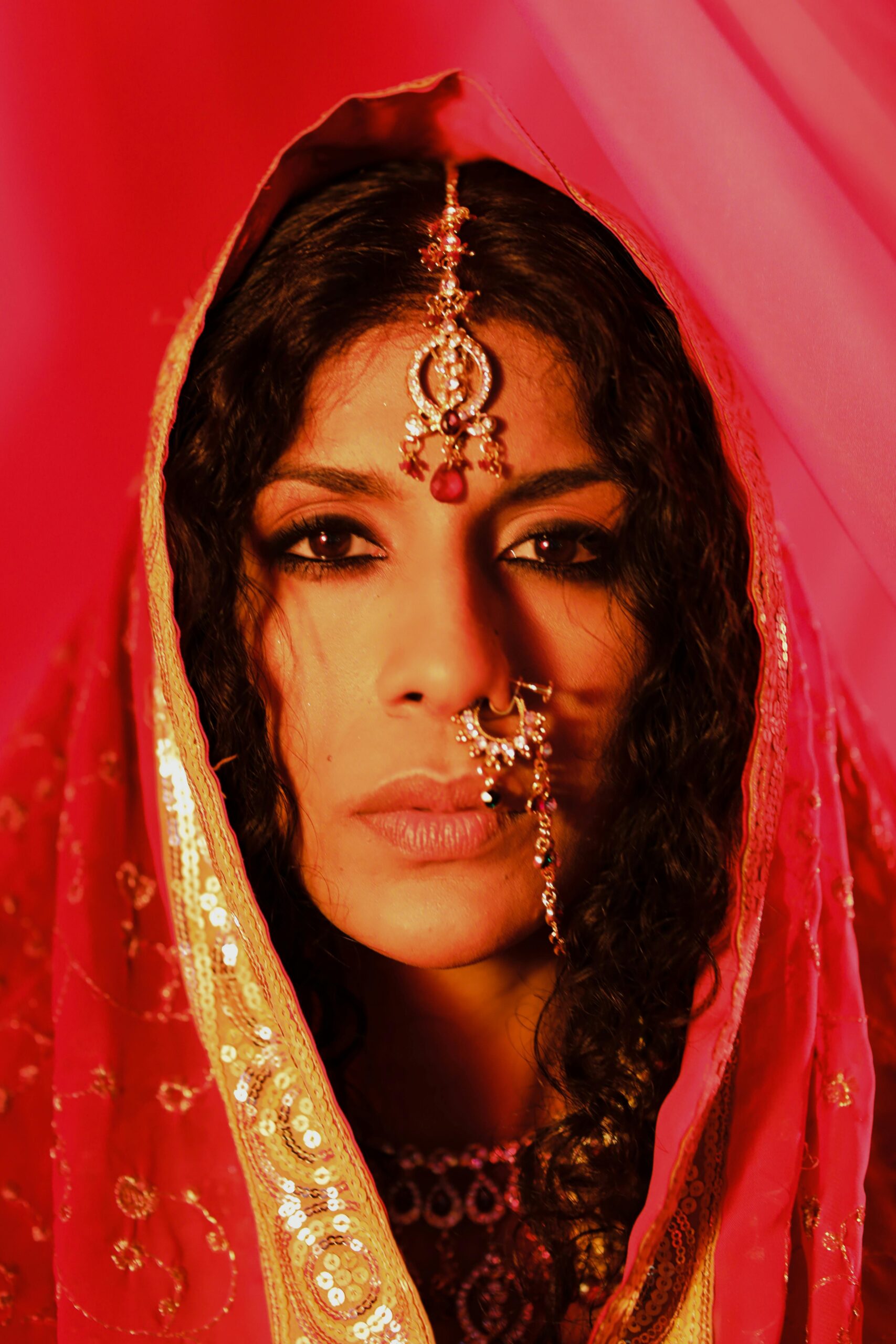Hair Cutting Guide: Everything You Need to Know for the Perfect Cut

Meta Description
You need the ideal hair cutting guide that provides tips and trends along with techniques to match your face shape and style. Find out the most suitable haircuts for your facial form and personal style through modern hair cutting instructions and trends.
INTRODUCTION
The art of hair cutting demands precise skills for achieving simple trims and total alterations. This article covers every aspect regarding hair cutting methods together with present-day fashion patterns and step-by-step guidance to identify your specific facial shape and individual style.
Understanding Different Types of Hair Cutting Styles
Custom cuts involve simply not the process of cutting hair. It boasts a multitude of techniques used to project all types of appearance styles. From downright classic bobs to the freshest fades you can get, every haircut has its own cool factor. The most popular of hair cutting fashion is:
- Layered Hairstyles: Letters provide volume and density to your hair so that they appear youthful and very lively.
- Bob Haircuts: Classic look, bob is a wonderful choice for people that are looking for a daring yet manageability cut.
- Pixie Cuts: Short and Simple, pixie cuts can give a young and trendy look.
- Fade Cuts: Classic, aged mixed with the entire crew may fade from 6 inches or less of hair at the time of age growing around 3.5 to 8.5 inches such as the full exposure from loads to down.
- Buzz Cuts: A cut at the very same length, all the way around the face that is great for someone looking for a simple, quick haircut.
All of these styles are unique in its own way and can get adjusted ever the hair of the texture texture of the hair of that face of the person.
How to Choose the Right Haircut Based on Face Shape
One of the biggest errors in hair cutting is the wrong style on your face. Below is a summary of typical face shapes and the haircuts that work most well with them:
Round Face: Long bob or layered cut may make the illusion of length, and can equally balance the fullness of the round face.
- Oval Face: This face shape is the most forgiving face of all, coping with just about any haircut, pixie cut, long waves.
- Square Face: Wavy, wispy hair or layered hairstyles essentially help to dilute the squarish line of a square face.
- Heart-Shaped Face: A fringe or a side-swept bangs and medium length hair tend to balance a heart-shaped face by pulling the looks downwards.
Selecting the right cut is important, as it styles your facial features as well as gives nice and harmonious overall look.
Essential Hair Cutting Tools and Equipment
The proper equipment is crucial for obtaining the desired cut hairstyle. Below is a list of the must-have tools for professional hair cutting:
- Scissors: Good quality, the sharp scissors that must be for your clean cut, precise, clean.
- Clippers: Increases used for transfer fade or buzz clips, clippers guarantee an interchangeable initial from the hair.
- Combs and Brushes: They help you to section the hair and thus the cutting process becomes faster.
- Hair Cutting Cape: Stops hair falling onto the clothes in the course of the cutting process.
By employing the right tools, you can guarantee a more professional, softer result.
Professional Hair Cutting Techniques
Professional hair cutting involves a number of knowledge of hair texture, hair growth and cutting method. Popular professional methods amongst them are:
- Point Cutting: This means of reducing hair is carried out at a perspective to introduce texture and go.
- Blunt Cutting: A straight across cut, often used for bobs and long, straight styles.
- Slide Cutting: To slice off the large mass of thick hair, the technique involves cutting the scissors down the hair shaft.
- Chiucking: A method used to disrupt choppy sectioned layers in pixie cuts or short bobs.
Mastering these advanced techniques, can enable the hairstylist making one of a kind, also known as comprehensively individualized haircuts overall client.
Hair Cutting Trends for 2025: What’s Hot?
As with all beauty trends, hair cutting fashions change over the years. Some of the trendiest hair trends for 2025 are:
- Shaggy Cuts: The ’70s-style shag hair adorns has a big come back deal, hair includes texture and volume.
- Curtain Bangs: It is cool for short or long Hair.
- Undercut Styles: A bold look of an undercut which helped in contrasting and best for both men and women.
- Resultado long layers a beach vibe: Este estilo carefree, minimalista es ideal para todas aquellas que aman la onda del mar.
- Asymmetrical Bob: A fresh version of the traditional bob, asymmetrical cuts give a trendy, edgy look.
These trends give a little inspiration to everyone who has wanted to revamp its appearance in 2025.
Common Mistakes to Avoid When Cutting Hair
If you cut your own hair, or just do it yourself at home, it is to avoid the common mistakes that could lead to a bad haircut. Some things to shun:
- Cutting Too Much: Trim in tiny pieces, check various times.
- Paying No Attention to Your Skin Type: Various hair types requires special cutting techniques. You should understand what your hair is before you choose a style.
- Not Fitting o2 level heart rate:Just because you are sweating heavily against the wall in a modest manner does not automatically indicate that your oxygen levels are divinely inspired.
- Cutting Without a Goal: Never start cutting without knowing the style; know what its going to be in your head.
By avoiding these mistakes you will be able to get the desired haircut and also have the healthiest hair.
How Often Should You Get a Haircut?
The private of hair cutting relies on all your hair kind and recommendations for you. Here’s a general guideline:
- Short Hair: If your hair is short and styled in this fashion, you will need to trim it again, every 4-6 weeks, to maintain its shape.
- Medium-Length Hair: Medium-length hair, has a cut every 6-8 weeks, will definitely help maintain the desired length.
- Long Hair: If You’re Growing Your Hair Out, You Should Trim It Every 8-12 Weeks to Slow Prevent Split Ends.
Regulation haircuts is necessary for health and when hair is docked this can ensure evenly and healthy growth of hair.
DIY Hair Cutting: Tips and Tricks
Cutting your hair at home is a bit daunting but with the correct technique, you can even achieve a good result. Some tips for doing it yourself hair cutting:
- Cutting Clean, Dry Hair: It is much easier to observe how the hair falls and cut it perfectly when it is dry.
- Cut with Professional Scissors: Do not use kitchen scissors. Buy quality hair cutting shears.
- Work in Small Sections: Cutting your hair in small sections helps provide better control and ought to offer more control when trimming.
- Mower at a 50-60 Cuts Per In Length Settings: Continuously rotate the mower while cutting upwards to end up with an even finish.
By using these steps, you can avoid big mistakes, and you are able to get a salon-shaped cut from home.
The Importance of Aftercare Post Haircut
Over once your hair lack got accomplished, Proper aftercare secure the longevity, the introduction and the cooling of your head of hair. Here are some tips:
- Select the Correct Shampoo: Select a shampoo that suits your hair and supports your hair health.
- Use Deep Conditioning treatments- Regularly : Use oatmeal hair masque especially that is specifically designed to penetrate in hair.
- Beer Heat Styling: Zealous use of heavy tools can harm your hair and make it lose color.
You will keep your hair looking great for longer and keep your hair healthy with proper care.
Best Haircuts for Different Hair Types
Different hair will get right cut with right cut techniques. Below are some tips for cutting diverse hair types:
- Curly Hair: Curly hair should be cut dry in order to be able to determine the natural shape of the curls and avoid inhomogeneous layers.
- Wavy Hair: Wavy hair always looks sharp.
Discovering what type of hair you have will allow your haircut to appreciate and enhance the natural beauty of your locks.
Final Thought
Hair cut is needed to a healthy and as too look too. Whether it’s an all out change or just a simple trim, knowing the best techniques, picking the best cut for your face shape and looking after your hair thereafter will get you to the ideal look. The most essential point to a fantastic haircut is always the balance between fashion and practical areas. Happy cutting!
FAQs
Q1: I visit a barber for hair trimming on average once in 4-6 weeks for short haircuts and at least 8-12 weeks for longer hair?
The required frequency of getting a haircut depends entirely on hair length. Those who wear short haircuts need professional haircuts once every 4-6 weeks however those with longer hair lengths can extend the time between visits to around 8-12 weeks.
Q2: Is it possible to perform self-ha hairstyles at home?
You can perform self-haircutting successfully as long as you possess the right tools along with the correct technique. You should work on small areas of your hair while making gradual trims to prevent mistakes during your grooming process.
Q3: The essential tools required for haircutting include scissors clippers comb razor and hair cutting cape?
High-quality scissors along with clippers and a comb require addition to a razor and hair cutting cape to achieve professional haircut results.
Q4: What haircut suits round faces?
Adding layered cuts or bobs presents a solution to extend round faces while defining facial characteristics.
Q5: What steps should I follow to care for my haircut inside my home?
Your hair health depends on using proper hair products as outlined in step A5.


